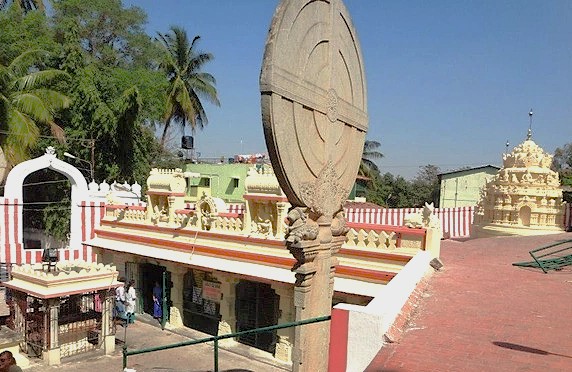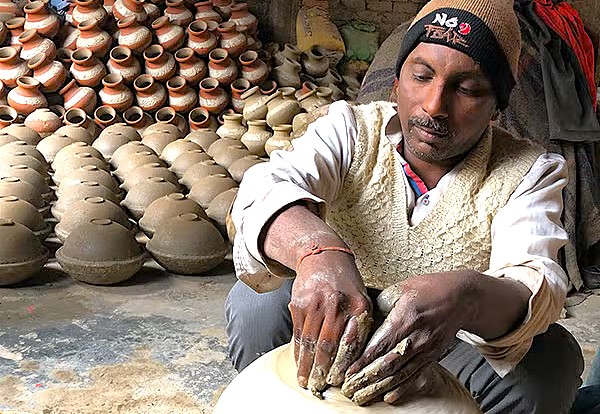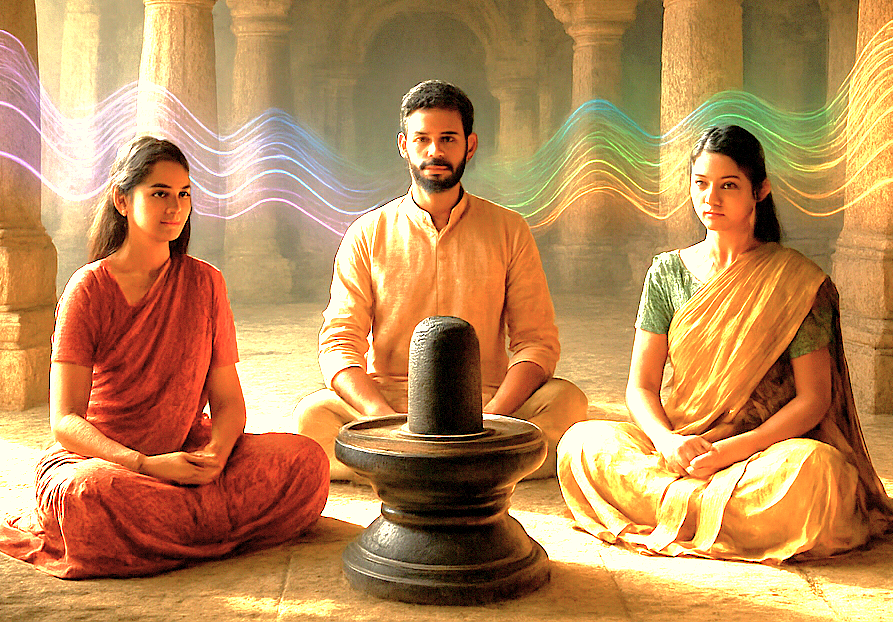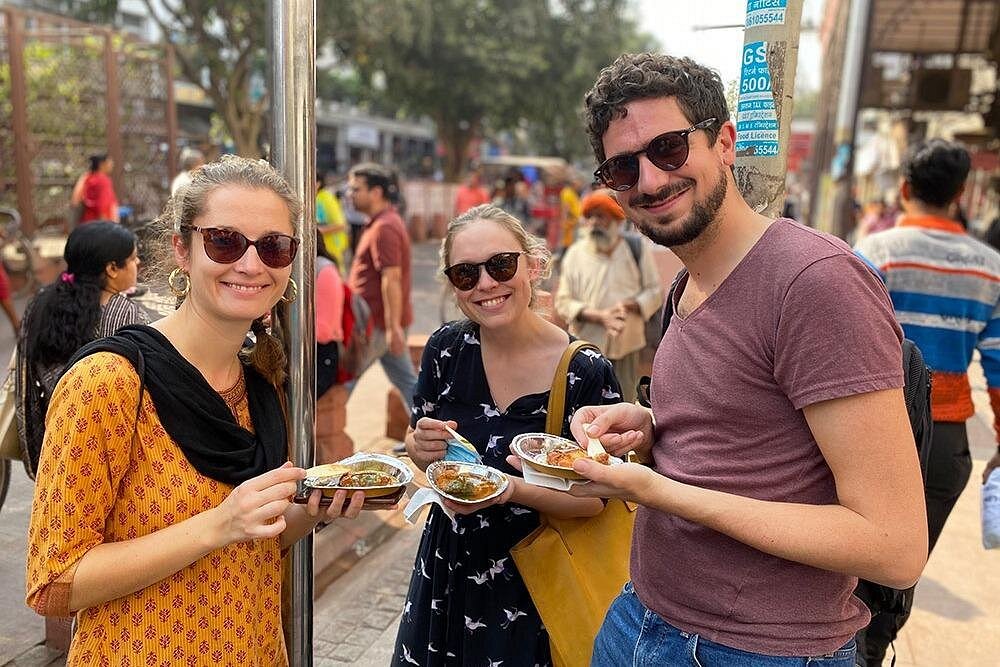Echos of Ancient lands
Gavipuram Cave Temple Bangalore India
Mother Masala Tours
Gavipuram Cave Temple Bangalore India
Gavipuram Cave Temple Bangalore India. Stands as a symbol of ancient devotion, reverence, and architectural ingenuity. The Temple's name is derived from three Sanskrit words: Gavi meaning cave, Gavipuram meaning Shiva bearing the Ganges. It is one of the oldest rock-cut temples in Karnataka, revealing the seamless fusion of nature, devotion, and design. Constructed in the 9th century CE during the rule of the Ganga Dynasty, the temple was later patronized by Kempe Gowda, who reestablished Bangalore in the 16th century. Carved entirely out of a single monolithic rock, this temple was built to honor Shiva, depicted in its sanctum sanctorum as he carries the Ganges on his matted locks. The alignment of the temple is no mere coincidence.

Gavipuram Cave Temple Bangalore India: Sacred Spaces
Step into the wonderful spaces of this ancient rock-hewn temple. The central sanctum holds a revered Shiva Linga, representing cosmic energy and stability. Surrounding the sanctum are statues of Agni, the fire god, set uniquely with two heads and seven hands, revealing esoteric Vedic forms. The temple's twin monolithic pillars, called Suryapana and Chandrapana, align with celestial energy symbolically binding the powers of the sun and moon. Devotees also encounter the intricate sculptures of Nandi, Shiva’s sacred bull, carefully positioned at the temple's entry gates.
Ancient Mosaics: Impeccable Craftsmanship

Discover a hidden temple, a sanctuary tucked away not far from the grandeur of Vidhana Soudha in Karnataka. This ancient shrine, dedicated to Lord Shiva, is a marvel of engineering and devotion. It is entirely hand-carved directly into the natural rock face, a profound testament to the extraordinary skill and visionary artistry of the Ganga Dynasty artisans. Visiting this sacred space feels like stepping back through centuries of time, leaving the modern city behind for a quiet, ancient world. Every inch of the rock-cut structure is etched with meticulous precision.
The Pulse of the Local Community
Gavipuram Cave Temple Bangalore India. Locals around the temple in Bangalore, lead vibrant, community-centered lives. Many start their mornings with temple visits, participating in prayers or rituals led by devoted priests. Neighbors often gather to help clean and decorate the temple, especially before important festivals, fostering a strong sense of togetherness. Regulars can be seen lighting oil lamps, offering garlands, or singing devotional songs, creating a lively, spiritual atmosphere. Nearby vendors serve fresh flowers and snacks, adding to the neighborhood’s unique buzz. The temple grounds serve as both a place for peaceful reflection and a hub for daily conversation, bonding, and shared traditions.
A Culinary Journey: Savor the Flavour

Bangalore truly is a paradise for food lovers, and nothing reveals India’s boundless culinary creativity more than its deep fascination with unique ice cream flavors. In the vibrant, busy streets near Vidhana Soudha, you will discover street stalls and shops offering far more than just classic vanilla or chocolate. Here, ice cream is both an art form and a thrilling sensory adventure. India’s long-standing love affair with frozen treats has given rise to beloved local favorites like the dense, creamy kulfi, in traditional flavors like aromatic cardamom and nutty pistachio.
Capturing the Magic: A Photographic Haven
From the sunlight perfectly illuminating the Shiva linga sanctum to the monolithic sculptures, every angle captures tranquility and celestial artistry in one frame. The shadow play created by the carved pillars adds depth and texture, offering stunning compositions. The celestial alignment during Makara Sankranti becomes an unmissable moment, a dream for photographers.
The Connection with the Gods

Shiva stands as the spiritual anchor of the Temple, revered here in his unique form as Gangadhareshwara, the bearer of the sacred Ganges. Local mythology asserts that Agni, the fire deity, also dwells within the sanctum near Shiva, adding another layer of profound sanctity to this extraordinary rock-cut shrine. Central to the temple’s origin legend is the revered Sage Gautama. It is celebrated that he venerated the sacred Shiva Linga at this very spot, engaging in profound yogic meditation that successfully invoked the powerful flow of cosmic energies.
Festivals of Devotion: Honouring the Sacred and the Divine
Makara Sankranti in mid-January transforms this temple into a celestial phenomenon. During this festival, sunlight journeys through the temple’s carefully designed passage and illuminates the Shiva Linga, signifying divine energy. During Maha Shivaratri, the temple comes alive in celebration of Shiva. Fasting devotees carry offerings of milk, honey, and flowers into the sanctum as they sing hymns and chant mantras of devotion.
Serendipitous Meetings: Beyond the Main Path

Gavipuram Cave Temple Bangalore India. The area offers far more than its deep spiritual heritage. Step outside the Shiva sanctum's sacred silence and discover a maze of vibrant, busy streets, a world apart. Here, countless humble pottery workshops help shape the city’s living cultural identity. The air is thick with the rich aroma of wet earth. Skilled potters spin their wheels, their hands, covered in clay, moving with the calm, hypnotic precision of ancient tradition. They transform lumps of earthy clay into traditional water pots, festive lamps and intricate vessels.
Resilience and Renewal: Overcoming Adversity’s Challenges
The Temple has withstood the trials of time and natural calamities to remain a powerful site of devotion. In the 16th century, Kempe Gowda himself facilitated extensive repairs to restore its sanctity after battles had caused damages to its stone walls. The resilience of those behind its construction and preservation echoes the spirit of devotion this temple embodies. has withstood the trials of time and natural calamities to remain a powerful site of devotion. In the 16th century, Kempe Gowda himself facilitated extensive repairs to restore its sanctity after battles had caused damages to its stone walls.
Ancient Technologies: Sound, Sacred Geometry & Astrological Influences

Gavipuram Cave Temple Bangalore India. Features extraordinary sacred architecture, incorporating Vedic alignments, principles of Vastu Shastra, and stunning astronomical precision. Within this ancient, rock-cut structure, it is believed that harmonizing vibrations - 96 Hz and 528 Hz Solfeggio frequencies, resonate around the central Shiv-linga. Legends suggest the cave formation itself predates recorded history. It was a natural sanctum where yogis utilized its unique acoustic properties for profound meditation, a practice that continues today.
Urban Legends: Strange Sightings, Myths and Mysteries
Many locals recount hearing faint energetic whispers echoing within the stone paths of the inner sanctum. It is believed that during auspicious nights, Goddess Ganga and Lord Agni manifest their celestial auras around the linga. Another legend speaks of yogic sages who meditated at the site long before it was carved, lending their energies to the rock formation. Myths like these add layers of depth, giving the temple its mystical status.
Travel Beyond Ordinary, Join Us

Experience the profound peace emanating from the ancient rock walls of Temple. . Here, astonishing celestial alignments reveal our ancestors' deep astronomical wisdom, a testament to their advanced knowledge. These sacred, hand-carved pillars tell silent stories of devotion, powerfully connecting visitors to India's timeless spiritual traditions. For photographers, this space is a living canvas; you will discover unique, dramatic compositions of light and shadow, especially during the famous illumination events. We will stand in awe of the rock-cut architecture.
Symphony of Generosity: Offerings from Wanderers to Residents
Our visit here helps contribute to sustaining cultural traditions, from donations toward temple maintenance to supporting local artisans crafting intricate idols or weaving textiles. While you gain memories of divine energy and balance, communities benefit as these ancient crafts find new purpose, fostering livelihoods across generations. It’s a connection between seekers and creators.